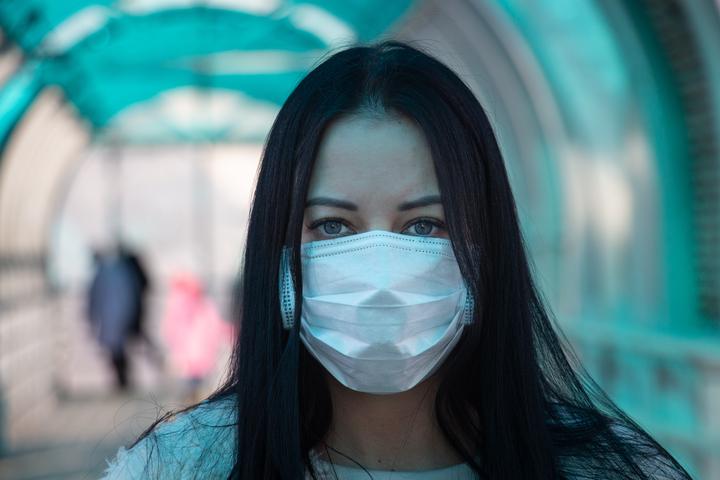Save the gaiters from stress (positions)
 Credit: Wikimedia
Credit: Wikimedia
The ongoing coronavirus pandemic has led to an explosion of research, with tens of thousands of new preprints and publications on the topic in only a few months. Mask-wearing has emerged as an essential preventative measure (and, for some, sadly, a political touchpoint). This has led to renewed research on the mechanics of how masks prevent coronavirus spread.
Enter the paper:
Fischer, E. P., Fischer, M. C., Grass, D., Henrion, I., Warren, W. S., & Westman, E. (2020). Low-cost measurement of facemask efficacy for filtering expelled droplets during speech. Science Advances, eabd3083.
This study has touched off a firestorm as it led to coverage that some masks are worse than others. Some news coverage even began to report that one type of face covering, a neck gaiter, is worse than no mask at all (a surprising fact if true).
Fortunately, that narrative is now receiving push back.
Here’s a telling quote from the New York Times:
“Our intent was not to say this mask doesn’t work, or never use neck gaiters,” said Martin Fischer, an associate research professor in the department of chemistry at Duke and a co-author of the study. “This was not the main part of the paper.”
It’s no surprise that initial coverage latched onto this supposed result, that gaiters are worse than no mask— It’s an exciting sound bite, and context and nuance are easily lost in the excitement. The authors are working hard to correct the coverage, but I believe the authors are also not entirely blameless.
Let’s dig into the paper a bit to see what responsibility the authors might have. I’ll soon write something about the data within the paper but for now let’s study this in terms of the writing.
Here is the abstract, where I’ve emphasized one sentence in particular.
Mandates for mask use in public during the recent COVID-19 pandemic, worsened by global shortage of commercial supplies, have led to widespread use of homemade masks and mask alternatives. It is assumed that wearing such masks reduces the likelihood for an infected person to spread the disease, but many of these mask designs have not been tested in practice. We have demonstrated a simple optical measurement method to evaluate the efficacy of masks to reduce the transmission of respiratory droplets during regular speech. In proof-of-principle studies, we compared a variety of commonly available mask types and observed that some mask types approach the performance of standard surgical masks, while some mask alternatives, such as neck fleece or bandanas, offer very little protection. Our measurement setup is inexpensive and can be built and operated by non-experts, allowing for rapid evaluation of mask performance during speech, sneezing, or coughing.
Notice when I emphasized that sentence, I strongly emphasized the back half of the sentence. That back half is the stress position of the sentence. The topic position meanwhile gives us some important context: “In proof-of-principle studies […]”.
But the stress position is where readers focus. Notice that the stress position does not say gaiters are worse than not wearing a mask. But also notice that the authors do report a ranking of mask effectiveness. " [S]ome mask alternatives […] offer very little protection". Compare this with Dr. Fischer’s New York Times quote: _ “Our intent was not to say this mask doesn’t work, or never use neck gaiters “_. Sure, they are not saying ‘never use neck gaiters’, but they are saying, in a very prominent position of the very prominent abstract, ‘some mask alternatives […] offer very little protection’.
I see only a fine line, if any, between ‘this mask doesn’t work’ and ‘this mask offers very little protection.’ By placing a crucial qualifier in the less-prominent topic position while emphasizing a surprising finding in the stress position, the authors used the science of scientific writing to massage and control their message.
In many ways, this paper is an excellent highlight of the potential downsides of the science of scientific writing. By upselling their preliminary results to help the paper land in a prominent venue, the authors were forced to deal with a backlash, perhaps partially of their own making.
Soon, I’ll write up some thoughts on the data within the paper. The authors again emphasize the study is on the experimental methodology. But the data they present is also worth a look.